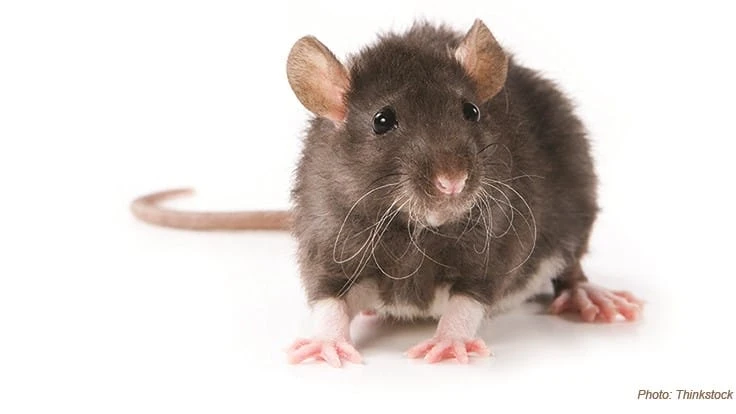
Time management is an important workplace responsibility that pest management professionals (PMPs) face on a daily basis. Residential technicians bounce from job to job, providing quality services that in best-case scenarios won’t result in callbacks before the next month’s – or next quarter’s – appointment.
On the commercial side, technicians are typically serving customers with weekly or bi-weekly visits and unlike residential accounts, there are several tasks that usually need to be addressed at each facility. Completing those without having to return for smaller problems is important to a PMP’s scheduling and profitability.
This is one of the major benefits of electronic rodent monitoring (ERM). These systems can alert PMPs to trap and station activity as real-time monitoring devices and provide data collection while also providing critical insight into how and where problems exist.
Better information and more of it seems to be the leading benefit to using ERM systems among industry professionals. Time savings, data sharing, transparency between PMP and customers are the other top reasons pest veterans say they are interested and using the technology.
According to Todd Leyse, president and CEO of Adam’s Pest Control in Medina, Minn., saving time is the name of the game for him.
“You’re able to save time and not check empty traps over and over again, which frees you up for deeper inspections and troubleshooting,” Leyse said.
Adam’s has been developing its own system to be able to provide ERM services. Its system would work with various manufacturers’ hardware – four so far – and will integrate with a PMP’s software to make reporting less of an issue.
Leyse identified the need for the technology several years ago thanks to his technology background.
“I have a computer science degree and saw the need to build a system better than what was out there. I think (ERM) will become more and more popular but only if the data can get back to pest control customers via a customer portal. Our pest customers don’t want data coming from two or three different systems, so integration is important.”
Joe Belcher, Midwest and international sales manager for Kness, which has its own ERM solutions, says there are several advantages to the new systems.
“There’s quite a few (benefits) – time savings, labor savings, but more important it offers a more effective IPM approach because some of those guys only have so much time to get to the next location,” Belcher said. “This allows them to focus on other aspects of the job – excluding or spraying or checking other things besides the rodents.”
ERM delivers aspects of pest control that are not part of traditional inspections and techniques, according to Glen Ramsey, MS, B.C.E., senior manager technical services for Rollins.
“The use of rodent monitoring is interesting because it provides data that traditional monitoring does not provide,” Ramsey said. “This data can assist in narrowing down rodent captures (or activity) to indicate when a rodent was introduced, where it is moving, where remediation efforts are needed, etc.”
Caroline Kirby is training coordinator for Minnesota’s Plunkett’s Pest Control and she has been reviewing various systems and technologies to see if one has a fit with their business. While they haven’t pulled the trigger yet, Kirby realizes the value that ERM systems can deliver.
“You know right away if there’s a mouse there and you can respond very quickly,” Kirby said. “We’ve seen clients do lots of testing to get the mouse right away. They give you more data and more knowledge and you know when the rodent was caught very quickly. We have tried out several systems, but we haven’t committed yet. We’re figuring out what monitoring means for Plunkett’s and also waiting to see what everyone else is going to do.”
Franklin Hernandez, owner of Miami-based NaturePest Control and host of the popular PestGeek podcast, does a lot of rodent work and says that COVID-19 has changed the pest control landscape, necessitating new technologies and tools like ERM.
“With the current situation of COVID-19 where rodents have migrated to other areas, new rodent problems are occurring in places that people didn't have them before,” Hernandez said. “With social distancing, the availability of personnel to physically be in the field is becoming tougher so technology like this would reduce labor costs. That means fewer technicians need to be utilized to perform more monitoring.”
Doug Foster, president of Burt’s Termite & Pest Control in Columbus, Ind., uses ERM as part of his business after testing various systems. Foster says he likes the new technology and how it serves as a new tool to pest technicians.
“I'm interested in the continued development of the systems,” Foster said.
Latest from Pest Control Technology
- Understanding Rodents and Bird Flu
- Green Pest Solutions Awards Safest Driver New 2025 Ford F150
- UF/IFAS Sheds Light on Tiny Invaders During Termite Awareness Week
- Registration Open for Lawn & Landscape Technology Conference
- Fleetio Launches Automotive Service Excellence Scholarship
- WorkWave Appoints John Phelan as CTO
- PMPs Use Capitol Hill Visits to Push for Preemption
- 20 Trapping Tips





